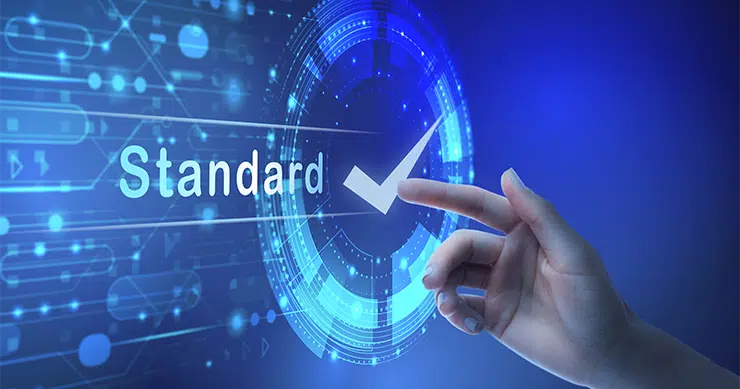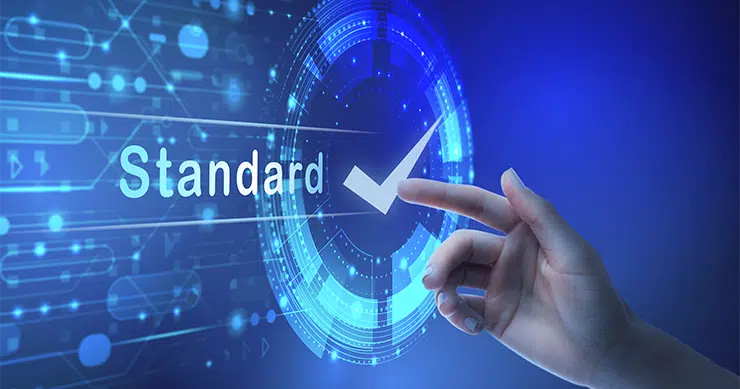
2023-11-23 19:4:51 Author: securityboulevard.com(查看原文) 阅读量:4 收藏
At the heart of every organization’s pursuit of compliance lies the critical need to meet regulatory expectations and consistently maintain that state of compliance. Achieving compliance is like reaching a summit, but staying there requires ongoing effort and vigilance. This is where compliance testing takes center stage as the quality assurance of regulatory adherence.
Compliance testing is a crucial auditing process that focuses on verifying the extent to which an organization adheres to established policies, rules, or regulatory requirements. It serves as a cornerstone in auditing, primarily concerned with evaluating the effectiveness of controls related to regulatory risks.
In the context of IT compliance testing, compliance testing may begin by examining user access provisioning and de-provisioning controls. If this initial testing demonstrates compliance with established standards and regulations, it can expedite the evaluation of secondary controls.

The Role of Compliance Testing
Ensuring Adherence
At its core, compliance testing is the gatekeeper of good governance. It systematically evaluates an organization’s adherence to policies and regulations and identifies areas for adjustments. Through meticulous assessment, it acts as a safety net, catching any deviations before they escalate into compliance breaches.
Enhancing Control Testing Methodology
Within compliance testing, control testing methodology plays a pivotal role. It refers to the systematic approach used to evaluate the effectiveness of controls to ensure compliance. This methodology is the compass that helps organizations navigate the intricate terrain of regulatory requirements.
Building a Comprehensive Compliance Testing Program
Effective compliance testing doesn’t happen haphazardly. It requires a well-structured compliance testing program tailored to an organization’s regulatory landscape. This program encompasses the strategies, tools, and methodologies employed to conduct rigorous testing and maintain compliance over time.
Automated Compliance Testing: Efficiency and Accuracy
In an era defined by digital transformation, automation is a game-changer. Automated compliance testing leverages technology to streamline the assessment process. It enhances efficiency and reduces the margin for human error, ensuring that compliance testing remains precise and thorough.
The Synergy of Compliance Monitoring and Testing
Compliance monitoring and testing go hand in hand. While monitoring provides continuous oversight, testing validates the effectiveness of those monitoring efforts. Together, they create a robust compliance ecosystem that identifies real—time issues and verifies their resolution.
The Control Testing Methodology
To conduct effective compliance testing, organizations often employ the control testing methodology. This approach involves a structured examination of internal controls and processes to determine whether they align with compliance requirements. Control testing typically includes the following steps:
- Identifying Controls: Organizations must identify the controls related to specific compliance requirements. This step is crucial in determining which controls to test.
- Selecting Samples: After identifying controls, a subset of these controls is selected for testing. The selection process should be based on risk assessment and criticality.
- Testing Controls: Organizations conduct tests to assess the effectiveness of selected controls. This involves examining processes, documentation, and, in some cases, interviewing relevant personnel.
- Evaluating Results: Control testing results are evaluated to determine whether the controls operate effectively and comply with the specified requirements.
- Reporting and Remediation: Organizations generate reports detailing the findings of control testing. If control failures are identified, remediation plans are developed and implemented.
Control Testing Methodology Meets Compliance Audits
Control testing, as we discussed in the context of compliance testing, involves evaluating the effectiveness of control measures. Regarding compliance audits, control testing methodology is pivotal in assessing the controls that ensure compliance with specific regulations.
Here’s how it works: Control testing methodology encompasses a structured approach to testing controls. Auditors use this method during compliance audits to evaluate whether an organization’s controls align with regulatory requirements. This process involves meticulously reviewing control design, implementation, and effectiveness, ensuring they meet the intended compliance objectives.
The Path to Effective Compliance Testing
So, how can organizations embark on the journey to implement effective compliance testing programs? Here’s a roadmap to guide you:
1. Assess Your Regulatory Landscape
Begin by comprehensively understanding the regulatory requirements that apply to your organization. Identify the specific rules, laws, and standards that govern your industry.
2. Design a Control Testing Methodology
Develop a control testing methodology tailored to your organization’s unique needs. This compliance testing methodology will serve as the blueprint for assessing the controls and procedures related to compliance.
3. Establish a Compliance Testing Program
Create a well-defined compliance testing program that outlines your testing efforts’ objectives, scope, and timelines. Ensure it aligns with your regulatory landscape.
4. Incorporate Automated Compliance Testing
Consider implementing automated compliance testing tools and solutions. These can significantly enhance the efficiency and accuracy of your testing efforts.
5. Integrate Compliance Monitoring
Integrate compliance monitoring into your operations to ensure continuous oversight. This includes real-time tracking of compliance-related activities.
6. Regularly Review and Update
Maintain a proactive approach by regularly reviewing and updating your compliance testing program. The regulatory landscape evolves, and your program should evolve with it.
Frameworks For Compliance Testing
Compliance testing is wise for various regulatory frameworks and industry standards, depending on your organization’s specific activities, geographical location, and regulatory requirements. Here are some common frameworks and standards for which compliance testing is advisable:
- HIPAA (Health Insurance Portability and Accountability Act): Compliance testing is essential to protect sensitive patient data if your organization deals with healthcare information in the United States.
- PCI DSS (Payment Card Industry Data Security Standard): Organizations that handle payment card information should perform compliance testing to maintain cardholder data security and meet PCI DSS requirements.
- ISO 27001: Compliance testing is crucial for organizations seeking ISO 27001 certification. It helps assess the effectiveness of information security controls and ensures alignment with this international standard.
- GDPR (General Data Protection Regulation): If your organization processes personal data of individuals in the European Union, compliance testing is essential to ensure compliance with GDPR’s stringent data protection requirements.
- SOX (Sarbanes-Oxley Act): Publicly traded companies in the United States need to perform compliance testing to meet SOX requirements, particularly in areas related to financial reporting and internal controls.
- FERPA (Family Educational Rights and Privacy Act): Educational institutions must conduct compliance testing to safeguard the privacy of student education records as mandated by FERPA.
- NIST Cybersecurity Framework: Organizations in the United States, especially those in critical infrastructure sectors, benefit from compliance testing to align with NIST’s cybersecurity best practices.
- FISMA (Federal Information Security Management Act): U.S. federal agencies and contractors must conduct compliance testing to meet FISMA requirements for information security and cybersecurity.
- CIS Controls (Center for Internet Security Controls): Compliance testing helps organizations implement and assess the effectiveness of the CIS Controls, a set of best practices for enhancing cybersecurity.
Advantages of Automated Compliance Testing
Automated compliance testing offers several advantages: efficiency, accuracy, and scalability. Automated tools can streamline the testing process, reducing manual effort and minimizing the risk of human errors. These tools can also perform testing simultaneously at a larger scale and across multiple systems, making them invaluable for organizations with complex IT infrastructures.
Centraleyes: Your Partner in Compliance Testing
In today’s fast-paced regulatory environment, achieving and maintaining compliance is complex. It requires dedication, precision, and the right tools.
Centraleyes is your ally in the realm of compliance testing. Our comprehensive suite of tools and solutions empowers organizations to conduct rigorous compliance assessments, automate testing processes, and ensure adherence to regulatory requirements.
Maintaining compliance is paramount for organizations in the intricate landscape of regulations, standards, and industry-specific policies. Compliance ensures ethical conduct, legal adherence, and the preservation of trust in an increasingly interconnected world. However, achieving and sustaining compliance is a journey, not just a destination.
The post Implementing Effective Compliance Testing: A Comprehensive Guide appeared first on Centraleyes.
*** This is a Security Bloggers Network syndicated blog from Centraleyes authored by Denise. Read the original post at: https://www.centraleyes.com/implementing-effective-compliance-testing/
如有侵权请联系:admin#unsafe.sh
